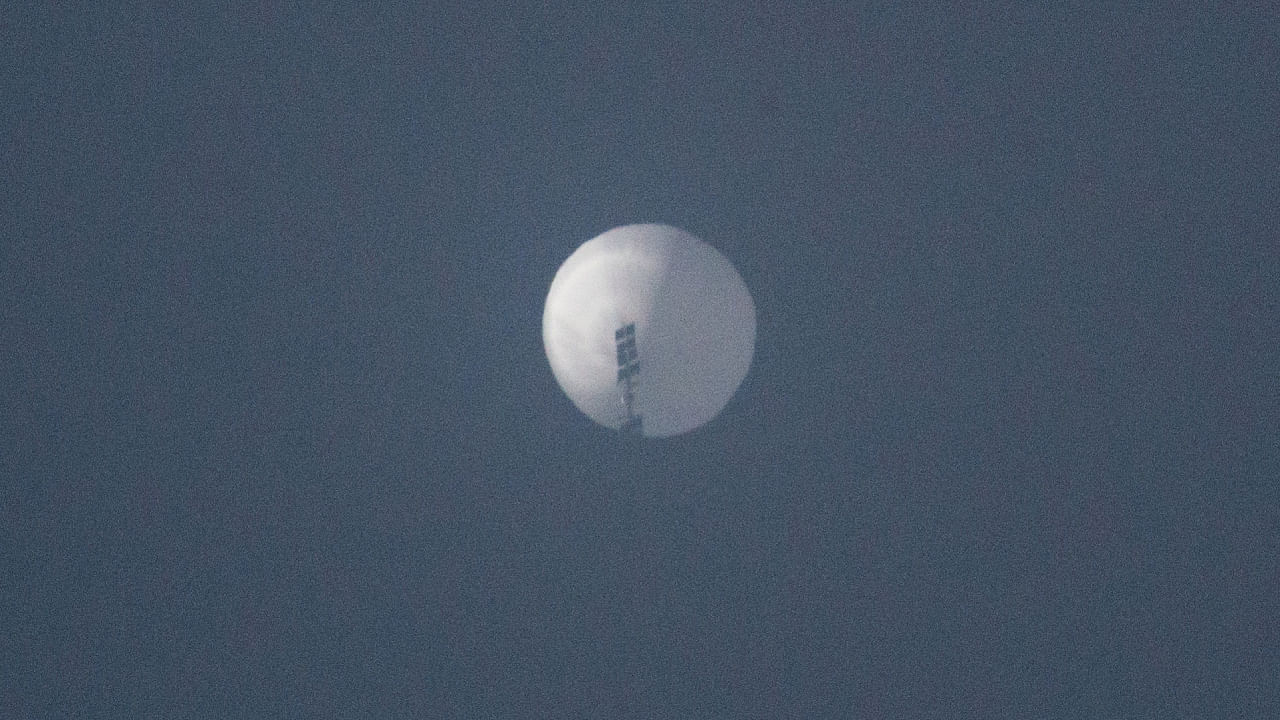
China's flight of a suspected surveillance balloon over the United States appears to mark a more aggressive - albeit puzzling - espionage tactic than relying on satellites and the theft of industrial and defense secrets, security experts said.
Both the United States and China have for decades used surveillance satellites to keep an eye on each other from the air. But China's recent balloons - a White House official said this week's episode was not the first - have some in Washington scratching their heads.
"In a way, it's more amateurish," said former White House national security adviser John Bolton. "Do the cameras in their satellites not have high enough resolution that they have to send a balloon over?"
The uproar over the balloon comes as China has been building up its military capabilities and challenging America's military presence in the Pacific. The United States also believes Beijing routinely seeks to capture proprietary information and knowledge from US companies.
China said the balloon was for civilian meteorological and scientific purposes that strayed into US airspace, on Saturday accusing US politicians and media of taking advantage of the situation to discredit China. It has previously rebuffed accusations of espionage and said the United States holds a Cold War mentality and hypes up the 'China threat.'
The balloon discovered this week appeared deliberately provocative, said Dean Cheng, senior advisor to the China program at the US Institute of Peace.
Also Read | 'Spy balloon' clouds US view on Xi's China
"This is a way to test how does the other side respond, not in a military sense. But politically, what do you do about it? Do you keep it quiet? If there have been in fact many and this is not the first time, then it raises an interesting question. What happened to the previous ones? Did we shoot them down?” he said.
Mike Rounds, a Republican member of the US Senate Armed Services Committee, told Fox News it would be good to recover the balloon to see "if it was designed to actually collect data or if it was designed to test our response capabilities."
Andrew Antonio, co-founder of high-altitude balloon startup Urban Sky, said the wind currents high-altitude balloons depend on for steering on long-distance trips were least favorable in the winter, suggesting China's intentions might not have been be to target any specific location in the United States.
"Specifically targeting a certain military base with that balloon from a launch in China, in January or February, in the northern hemisphere, is very difficult to do, if not impossible," Antonio said, speculating that the balloon's venture into US airspace could have been the result of a failed experiment, or some failure in its self-termination system.
Adding to the questions on Friday night, a Pentagon statement said another Chinese balloon was observed over Latin America.
FBI Director Christopher Wray said in 2020 that the greatest long-term threat to US information and intellectual property was "the counterintelligence and economic espionage threat from China."
China's alleged clamor for American trade secrets has been so sweeping that the FBI estimated last October that it was opening a new Chinese counter-intelligence operation every 12 hours.
A more common spying tactic by China in recent decades, experts say, has been to use graduate students and other individuals with ties to China to gain access to sensitive materials by studying at research universities, working at technology companies or hacking into their computer networks.
"The problem with China is far more in the academic, scientific world," said Mark Zaid, a Washington lawyer who is involved in various national security cases.
"There is no doubt that that dynamic is changing and the Chinese are becoming more aggressive for whatever reason."
The United States has been also been accused of spying by China.
Before the use of spy satellites, the United States used high-altitude aircraft that could not easily be shot down and flew them over the Soviet Union, China and Cuba, for example.
US-China relations plunged in April 2001 when a US Navy EP-3E signals intelligence aircraft collided with a Chinese fighter jet in mid-air over the South China Sea about 70 miles away from China's Hainan province.
In 2009, the Pentagon said five Chinese ships including a naval vessel harassed US Navy ship the USNS Impeccable, an unarmed ocean surveillance vessel, in international waters off Hainan. China said the US ship was carrying out an illegal survey off the island province.